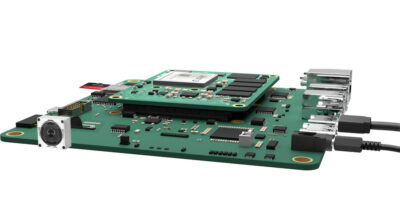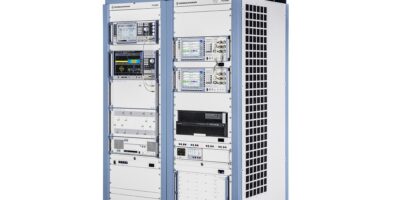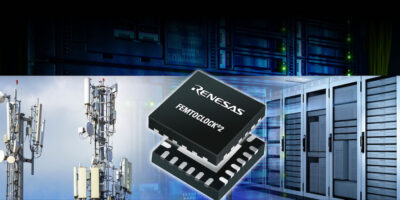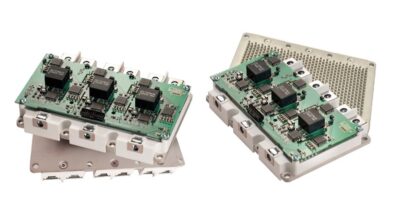Swiftly following the announcement of the Kria K26 System on module (SOM) and KV260 Vision AI starter kit by Xilinx, Pinnacle Imaging Systems has introduced the Denali 3.0 soft image signal processor and high dynamic range (HDR) sensor module for use with the SOM and kit.
The KV260 Vision AI starter kit was created to help artificial intelligence (AI) innovators streamline development of smart vision applications and rapidly deploy them in production with the Kria K26 SOM. Pinnacle Imaging’s real time HDR imaging capability (up to 120dB) will enable AI developers to capture data-rich imaging streams for neural networks even in high contrast lighting conditions, says the company.
Pinnacle Imaging is also announcing an imager access system (IAS) HDR sensor module, paired with and tuned for the KV260 Vison AI starter kit. Th sensor module is based on ON Semiconductor’s AR0239 CMOS imager which can capture up to 120dB/20EV of dynamic range at 1080p/30 full HD resolution. The sensor captures three exposures per frame which are then merged and tone mapped in the ISP for HDR video optimised for AI-enabled security and surveillance applications.
“Having the powerful capabilities of Pinnacle Imaging’s Denali Soft HDR ISP available on the Kria KV260 starter kit will be invaluable for designers developing next generation vison systems designed to work in variable or difficult lighting conditions.” Chetan Khona, director of industrial, vision, healthcare and sciences at Xilinx.
The Denali 3.0 programmable ISP IP leverages Pinnacle Imaging’s proprietary algorithms to accurately tone map high contrast scenes and extract the full scope of rich image data for mission critical computer vision and AI applications requiring real-time imaging.
“Xilinx is really pushing to democratise these development tools and make them available to a wider audience of innovative thinkers,” said Alfred Zee, CEO of Pinnacle Imaging Systems. “The beauty of our programmable ISP on the Xilinx platform, is that it is easy for us to customise it to meet specific customers’ needs or adapt it to any sensor type, even those with non-traditional colour filter arrays. The AR0239 based IAS HDR sensor module is our first sensor module for this platform, but we expect to support additional sensors in the future based on customer requirements.”
Denali 3.0 delivers real-time video capable of producing up to 120dB or 20-EV steps of dynamic range while ensuring low latency. The HDR IP eliminates halo artefacts and colour shifts to capture up to 1080p HDR video in real time that is fully tone-mapped at 30 frames per second. Denali 3.0 is also able to accommodate automated or full-user control modes.
The Denali 3.0 ISP will be available as a trial download with licensed IP from the Xilinx app store connected to the Kria KV260 Vision AI starter kit from 01 June 2021. Pinnacle Imaging’s AR0239 HDR Sensor module will be available for sale from Avnet.







